What is Hydro Power?
Hydro or hydro-electric power uses moving water to generate electricity. To produce power, you need to divert water from a stream or river through a turbine, which turns the energy into electricity by means of a generator. Although many thousands of mills or mill sites still exist, most operate on large, slow-moving bodies of water, whereas it is easier to generate electricity where there is a fast flow of water that can be chanelled to hit a turbine at high pressure.
What is small-scale hydro power?
A micro hydro plant is one that produces below 100kW. A small turbine on a hillside stream with a flow of 15 litres per second and a head of 15m will generate about 1kW, enough to meet the basic needs of a house (according to the Energy Saving Trust).
What do you need to generate hydro electricity?
Small-scale hydro turbines use the kinetic energy of fast flowing rivers or potential energy built up in the head of water created by a small weir or reservoir. You need good, consistent rainfall, a good flow of water and preferably a head of more than 2m.
What type of site do I need?
The best site is a steep hillside with fast flowing water. You need good, consistent rainfall, a good flow of water and a head of more than 2m to generate hydro electricity.
The head is the height difference between where the water would enter the hydro power system and where it would leave it, measured in metres. Typically this could be the height of a weir or the vertical drop of water over a water wheel. It is very important to get as much head as possible, because more head means more power for not much more cost. The head needed for a viable system varies according to the flow, but minimum requirement is about 1m.
This the amount of water that can be passed through the turbine, measured in cubic metres per second.
Which kind of turbine do I need? And what kind of materials and equipment?
A Pelton turbine is the most popular option for a micro hydro system where a head of above 15m is available. It is comparatively cheap and easy to install in a powerhouse – where the generator, transformer and controls are housed. In a stand-alone system, the power is used to charge batteries so that it is always available. In addition, you need a pipe to take water from the intake in the water course or weir to the turbine, and an outflow through which the water flows back to the water course. You also need to lay underground or overground cables to carry the electricity to point of use.
What will it all cost?
Individual costs are very site-specific, but as a general guide, the Centre for Alternative Technology says you may be able to build your own small scale system for under £10,000, based on a 1kW off-grid battery charging system priced at around £6,000. In some cases this may actually be cheaper than paying to connect up to the National Grid. Professional installation of a Pelton turbine to produce 5kW on a 25m head site is around £25,000, less if you do the work yourself. Anything larger and the costs go up to tens of thousands.
Can any surplus power be sold to the National Grid?
If you generate more power than you can use on site, you can arrange to export it via one of the UK’s 14 Distribution Network Operators (DNOs). Power is fed through an inverter back into the grid and a two-way meter installed by the DNO measures the flow. Hydro installations are now eligible for Feed-in-Tariffs, provided they’ve been installed by a suitable qualified professional under the Microgeneration Certification Scheme.
Are there any legal requirements to sort out?
You first need to get permission for any project from The Environment Agency (listed in your local Yellow Pages), which is responsible for all watercourses in the UK. You also need to apply to the Environment Agency for an abstraction licence. You may also need planning permission for the powerhouse and pipework from your local planning department. Unless you own all the land involved, you may need to approach other landowners for permission.
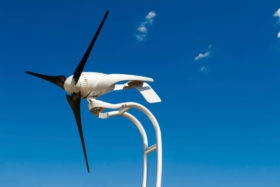































































































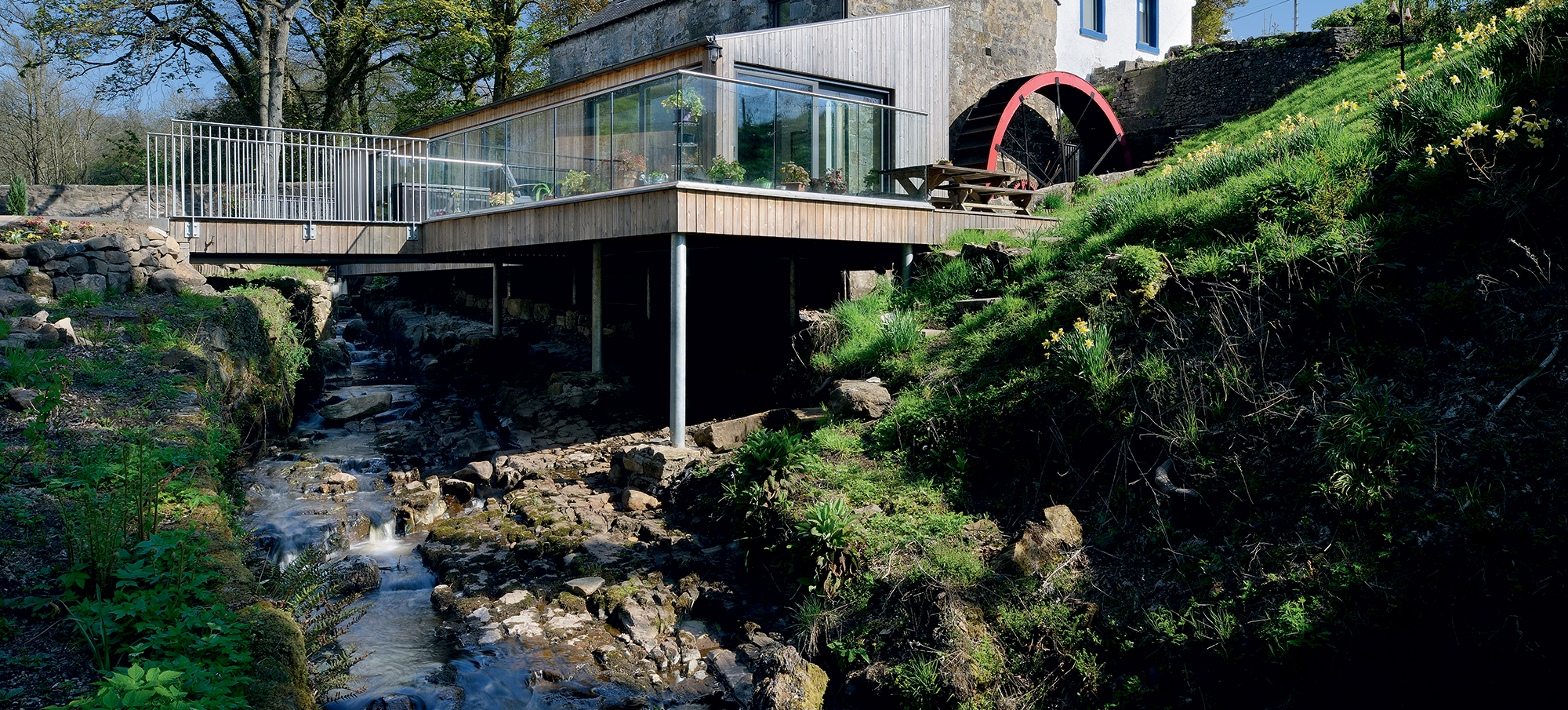
 Login/register to save Article for later
Login/register to save Article for later




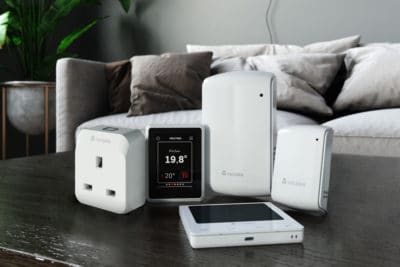

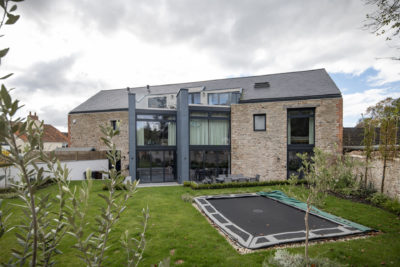
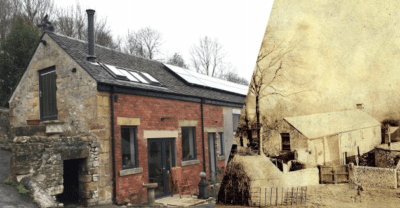





Comments are closed.